
As a person of a certain age, I have come to appreciate the value of lists. However, the attraction is not new.
When I began my flight training in the early 1980’s, there were checklists for pre-flight activities, pre-departure, entering a Terminal Control Area, landing, securing the aircraft, and on and on and on. When I joined The Sailing Club, Inc. in 1993, skippers were required to complete a check-in/check-out form for every charter boat to which we were assigned. Some might say it was a lengthy form but it DID serve a purpose.
On my own boat, I keep a couple of short checklists with the boat papers to help bareboat charters (and me!) to remember what to do when briefing guests, preparing to leave the slip, and for securing the boat at the end of a trip.
Come on…there is SOMETHING you occasionally forget to do. Right? Close the propane bottle before leaving the boat? Pull the fenders in after you leave the slip? Unzip the sail cover before you try to hoist the main? Everyone…from boat owner to first time charterer to licensed Masters…can benefit from routinely creating and referring to checklists.
Good Boat Checklists to Create
Let’s talk about situations where checklists can be useful.
You are a new boat owner…or perhaps you are a bareboat charterer. Do you know where all the fire extinguishers are? Have you checked the engine cooling water intake strainer to see if it is unobstructed? Do you know how to turn on the refrigeration and the cabin lights? Where are the tools stored? Is the minimum number of legal flares onboard? How is the belt tension on the engine? You can keep your pre-departure checklist with your log book.
You are the owner of a boat. You opt to do your own winter maintenance but because you only do it once a year at most, you forget to check the prop shaft for excessive movement or to check the topping lift and halyards for wear. A brief list of winter jobs would go a long way to helping you remember all the tasks and to schedule them accordingly. You could keep a hardcopy of it in your tool box or with your maintenance log.
Let’s say you are preparing for a cruise. It could be for a weekend or a month. Do you have all the paper charts you need for the planned journey? (Yes! I said paper charts. I will get into THAT at another time.) Have you reviewed your route and verified the current conditions using Notice to Mariners and the most recent Coast Pilot? Have you completed and filed a float plan with one or more reliable individuals? Keep your planning checklist with your navigation log and plotting tools.
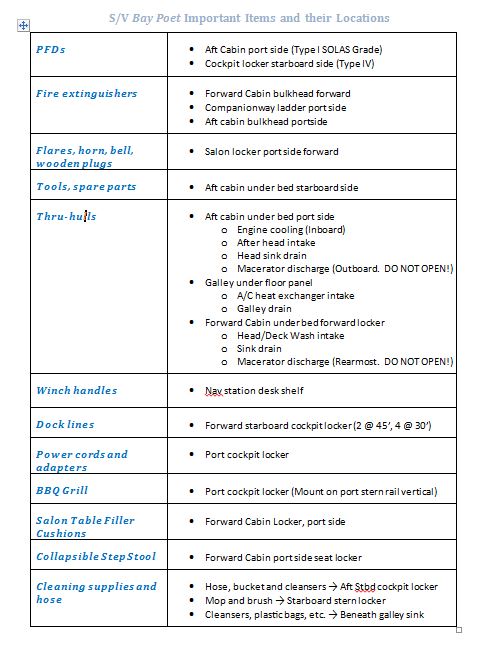 Some checklists can be lengthy. For instance, a charter boat check list will ideally guide you through the entire vessel and provide a means to indicate pre-existing damage to the hull and fittings. Others can be short like your routine winter job list.
Some checklists can be lengthy. For instance, a charter boat check list will ideally guide you through the entire vessel and provide a means to indicate pre-existing damage to the hull and fittings. Others can be short like your routine winter job list.
Regardless of the length or complexity, today’s technology lets you put checklists on your phone or tablet and work from there instead of carrying paper forms.
I use Adobe Acrobat to create custom checklists for clients. The output is a fillable PDF form. You can then save each checklist completed to review later or to collect data for statistics if you are so inclined. Some simple checklists can be created on your personal electronic device using any of a number of downloadable applications. One Android app that I like to use is ColorNote.
When I use a checklist when I am chartering, I look at it as a way to become intimately familiar with the boat in short order. By completing the form, I eventually will have looked through every compartment, every locker, every bilge space, and every cabinet. I know where everything is, how it all works, and I can formulate questions about the boat before I speak with the charter company representative.
A common response I get is that “no one has ever asked me that before” and on at least one occasion, the representative had to go off to find answers that he did not know. The stunning part of this particular story is that I could not find the batteries on a charter boat on the Chesapeake Bay. It turns out they were mounted in a most inaccessible location beneath the cockpit. I will often email a copy of my charter boat checklist to the charter company before my trip so that they will know what I will want to know about the boat and also know how serious and thorough I am about what I do.
Making Boat Checklists Thorough & Useful
The very act of creating a checklist (for example, for your own boat), is a first step to instilling the habit of checking whatever items you have put onto your list. The more you use the checklist, the more the items on it are ingrained in your recollections. That is, writing the list can be just as helpful as referring to the list with regard to establishing good habits.
 In the case of preparing for a cruise, creating and using a checklist may highlight the reference documents and charts that you do not have. It is a time to be reflective. Don’t rush through completing your checklist. Would you want your airline pilot to skip items on his list? Be thorough. Be pedantic. Be consistent. Don’t accept partial information.
In the case of preparing for a cruise, creating and using a checklist may highlight the reference documents and charts that you do not have. It is a time to be reflective. Don’t rush through completing your checklist. Would you want your airline pilot to skip items on his list? Be thorough. Be pedantic. Be consistent. Don’t accept partial information.
When you create a list, do not do it in a hurry. Haste makes waste was never more true in this case. Take your time. Mull over your list. Put it aside and come back to it later. Invariably, while you are away from your list, you will think of something else to add to it.
As with homework and research papers, you will benefit by having someone else review your lists. They are likely to think of items you either took for granted or did not consider. In particular, you might want to have one of your lesser experienced friends or crew review it as they may see value in something that you have dismissed as unimportant. Do not arbitrarily dismiss their opinion, particularly for a crew briefing and emergency checklists.
 While on the point of less experienced crew, make an effort to write your checklists…and particularly any emergency action checklists…as simply as possible using common words and phrases, NOT sailing jargon.
While on the point of less experienced crew, make an effort to write your checklists…and particularly any emergency action checklists…as simply as possible using common words and phrases, NOT sailing jargon.
Refer to the shutoff valve underneath the bed in back cabin instead of the seacock in the locker under the aft rack. Also, emergency lists are opportunities to be pedantic and almost insultingly explicit. Remember that in an emergency, people may have a difficult time thinking clearly and will need VERY well-defined and easily understood directions.
Creating a good checklist takes time. Using a good checklist the first several times also can take time but with repetition and practice, the things for which you look and the information you need become items you just instinctively review. A little bit of effort up front yields priceless returns on the back end of the investment. What lies in the balance is whether or not you and your guests will have a good experience on the water.
In my next article, I will discuss items you may wish to include on your various checklists.
Capt. Rob Chichester helps clients create and use checklists for their own boats. He can also make available charter boat check lists to use on a charter anywhere in the world. For more information on any of this or any other offerings, visit http://www.chesapeakeflotillas.com/training.
Love the boat life? Check out these picks for your boating lifestyle:
Disclosure: This site may contain links affiliated with companies where we receive compensation. Also, as an Amazon Associate we may earn from qualifying purchases we refer but it does not impact the price you pay. Full disclosure policy.

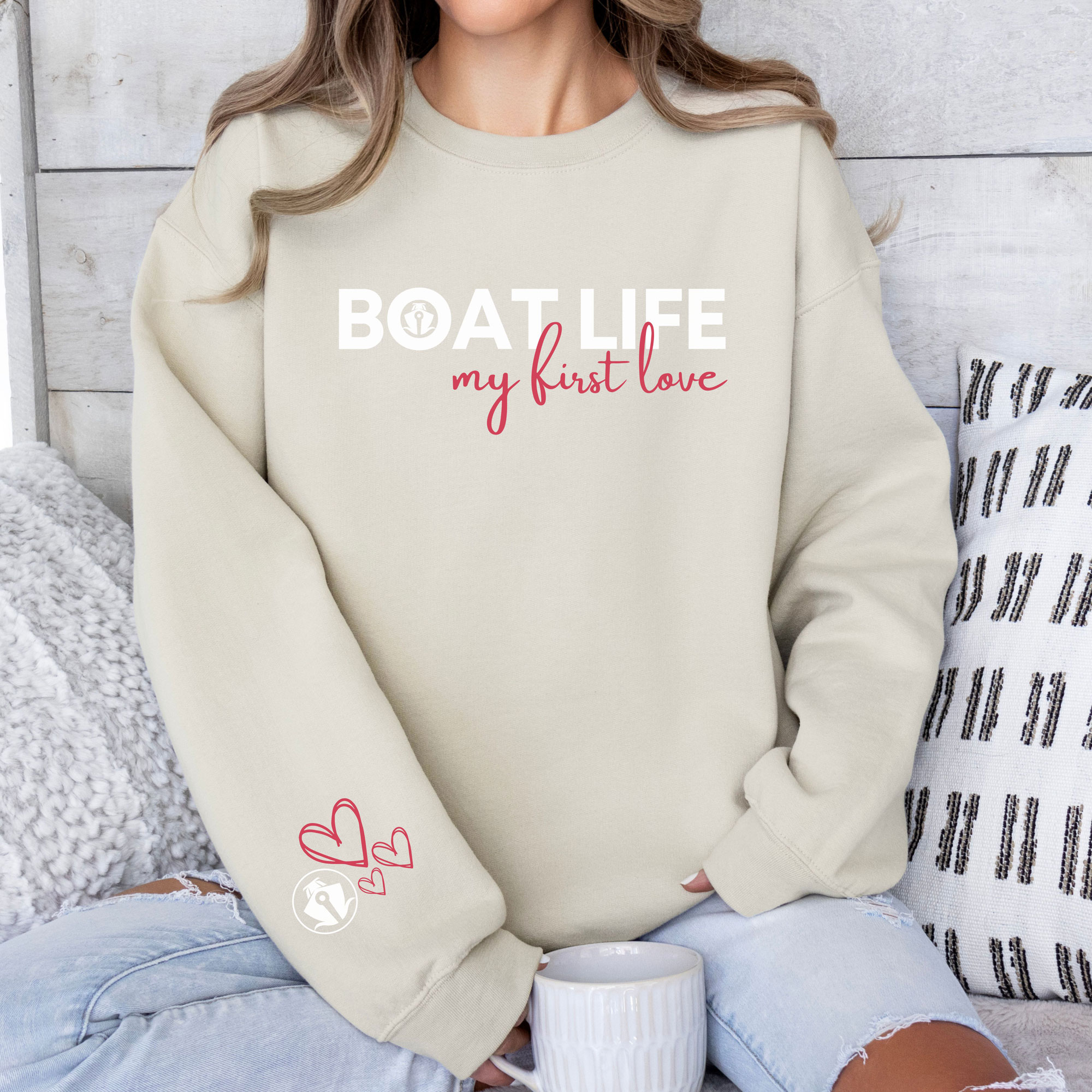
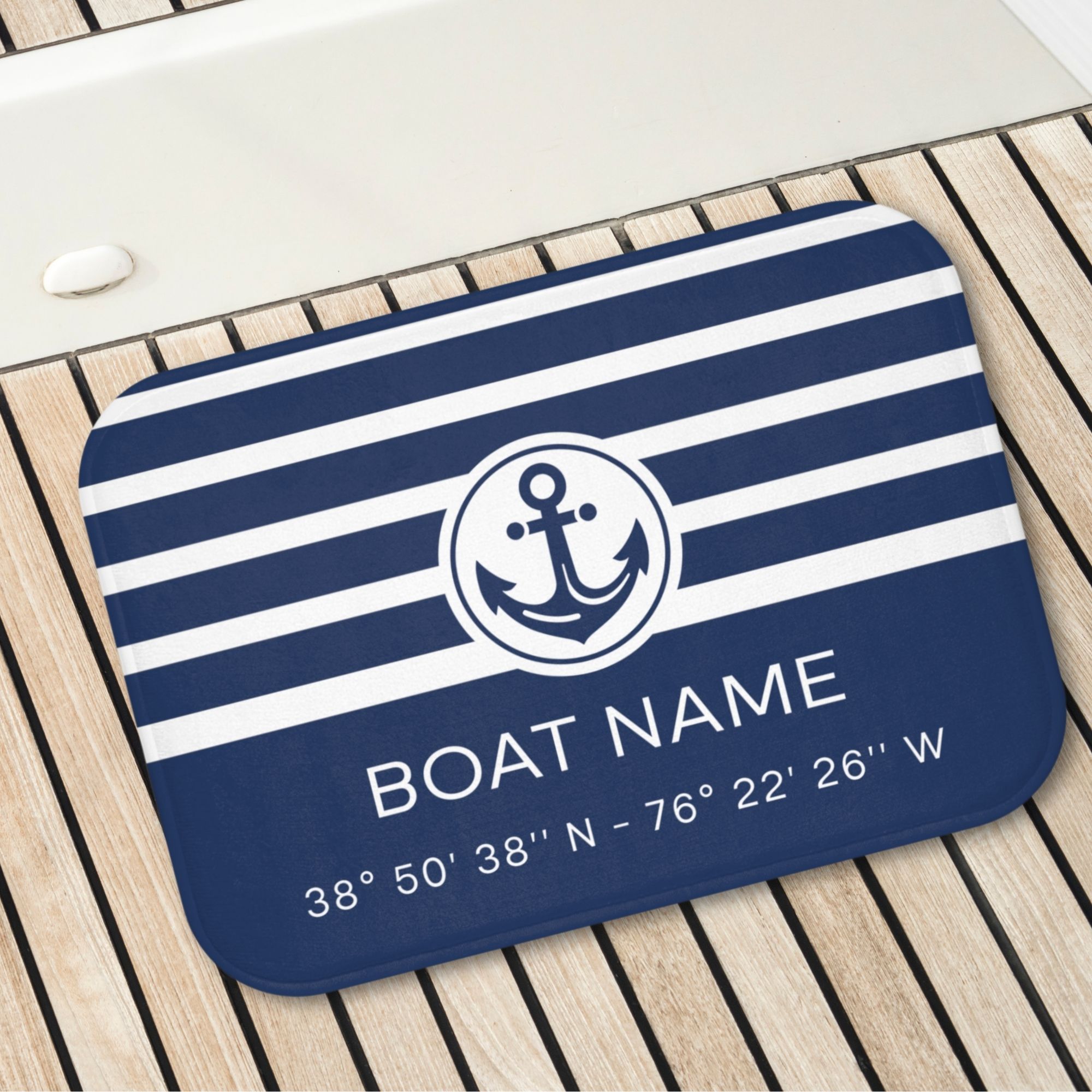
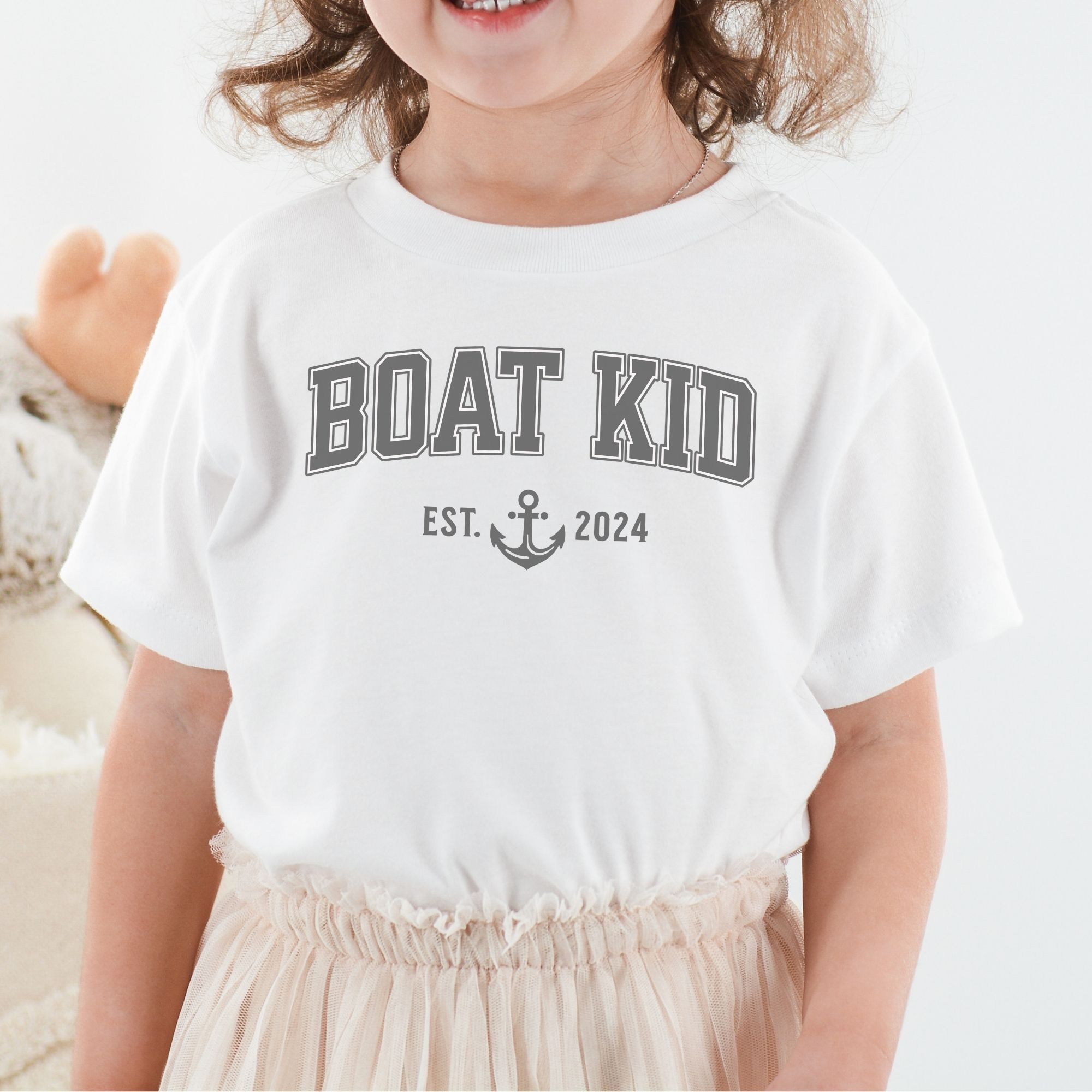
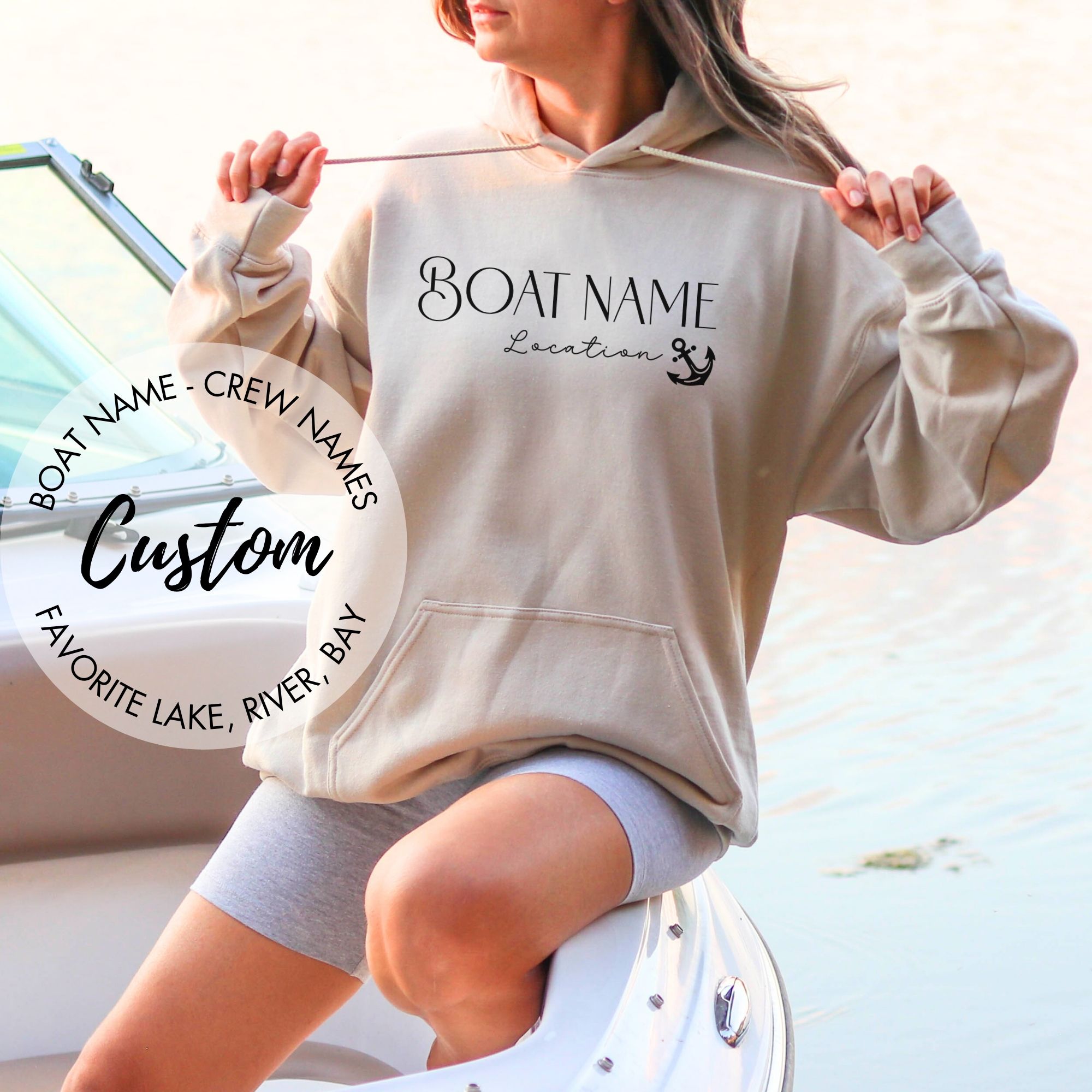
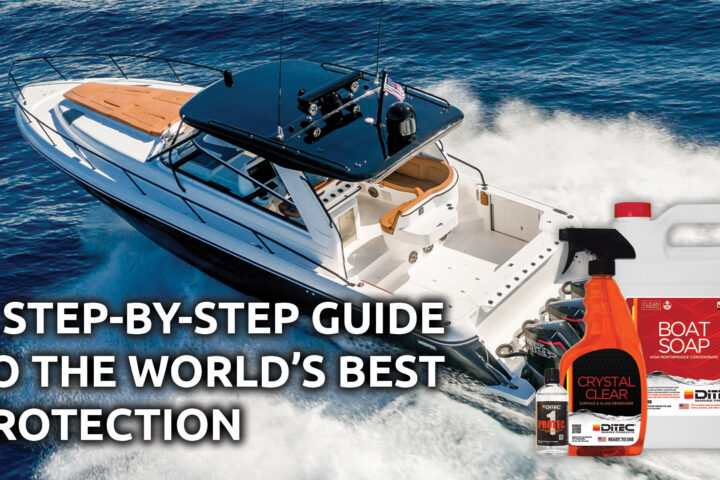
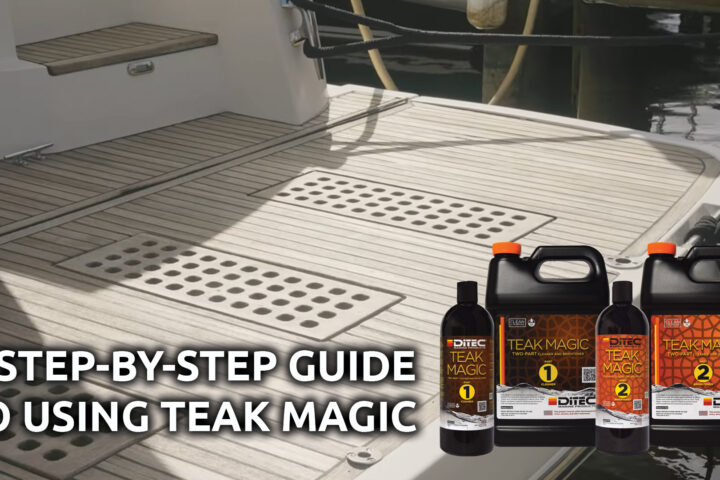
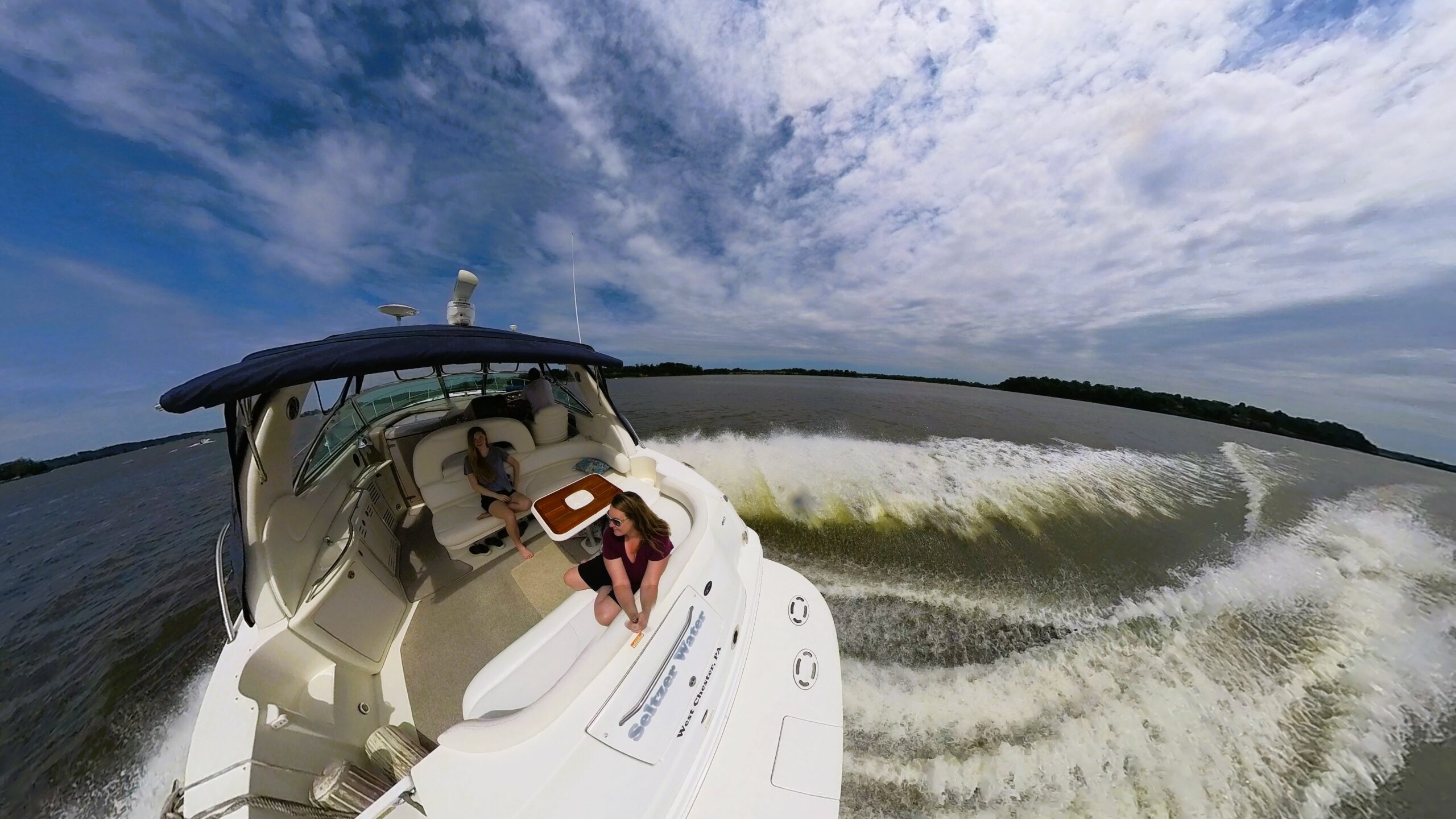
Good one, Rob. You’ve spurred me to do my own lists. I think just like you do about this but have not made mine yet. Cheers, Steve